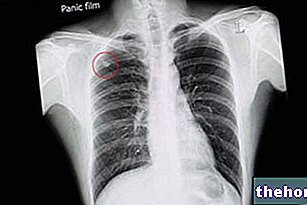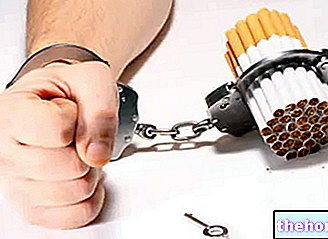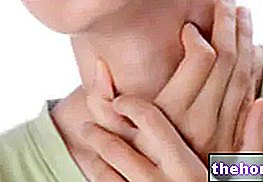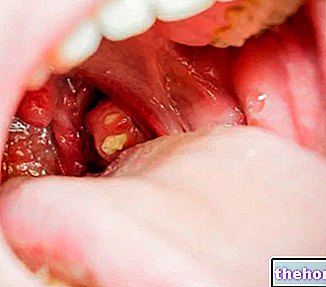"Bronchoscopy
Preparation for the exam
Preparation for bronchoscopy involves absolute fasting (neither eating nor drinking is allowed) in the previous 6-8 hours.
In view of the examination, the doctor will be informed in advance about any pharmacological therapies, in order to adjust the therapeutic doses (such as those of insulin), stop taking them (aspirin, coumadin, Persantin, Bufferin, Tiklid, etc.) or use drugs alternative.
If you have to take the prescribed medicines in the morning, it is important to take them with very little water (unless otherwise indicated). Before starting the bronchoscopy it is advisable to report any allergies to drugs and anesthetics to the doctor.
During Bronchoscopy
During bronchoscopy, the patient is asked to lie down or sit on a bed, in a supine position (belly up). The bronchoscope will then be gently introduced into a nostril (alternatively in the oral cavity) and channeled into the larynx, and then continue its descent towards the trachea and bronchi.

During the examination, about 200 ml of physiological solution can be introduced into the airways, subsequently aspirated and analyzed for any immunological investigations (counting and typing of the recovered leukocytes) and / or microbiological (searching for bacteria, viruses, fungi).
In addition to the flexible bronchoscope, the rigid instrument still finds a small space. In this case, the operation tends to be performed under general anesthesia, for example if you want to take large biopsy samples, remove foreign bodies or perform other operations that cannot be performed with a flexible bronchoscope. Considering the larger diameter, the diagnostic and therapeutic purposes of the rigid bronchoscope are obviously limited to the field of observation of the trachea and large bronchi.
After Bronchoscopy
At the end of the examination, the patient is kept under observation for a couple of hours, during which the sensation of anesthesia in the throat will persist. Vital signs such as heart rate and blood pressure will be monitored at regular intervals; the patient will be able to drink or eat only when the effect of the local anesthesia has worn off.
Normally, after this short stay, the patient is taken home by a relative or an acquaintance. Since the drugs used to make the examination less annoying can cause drowsiness and a slowing of reflexes, it is not allowed to drive in the 24 hours following the bronchoscopy. For the same reason it is good to avoid, during the day, making important decisions or using machinery that requires a high level of attention.
In the days immediately following the examination, the patient may complain of a slight sore throat, notice small amounts of blood in the sputum, or suffer a rise in temperature (fever): these are common phenomena that should not cause any concern. If in the hours following the examination you should feel acute chest pain or persistent cough with conspicuous emission of blood, it is important to contact the hospital where the bronchoscopy was performed immediately.
Risks and Complications
Like all invasive examinations, bronchoscopy is not without risk. However, the dangers are contained and the serious complications, which are quite rare, often depend on diseases already in progress. Bronchoconstriction and dyspnoea (starvation of air), cardiac arrhythmias and infections (bronchitis, pneumonia) and persistent hoarseness are among the most common complications, to which those relating to biopsy samples (bleeding, infections and risk of lung tissue injury can be added) with circulation of air in the pleural space) .Reactions from allergies or intolerance to the drugs administered are also possible.
The patient can help reduce the risk of complications and facilitate the examination by following the above recommendations regarding preparation.
Variants
Virtual bronchoscopy
It allows the reconstruction of virtual images of the tracheobronchial tree, using an instrument called spiral tomography with specific processing software.
Like virtual colonoscopy, its use is limited by the impossibility of taking tissue samples which, if necessary, must necessarily be obtained by traditional bronchoscopy.
Bronchoscopy with autofluorescence
Use a fluorescent light to detect potentially cancerous areas in the airways.
Since tumors and other abnormal cells naturally glow when illuminated by a particular bright light, autofluorescence bronchoscopy helps doctors identify suspicious areas for biopsy sampling.




























